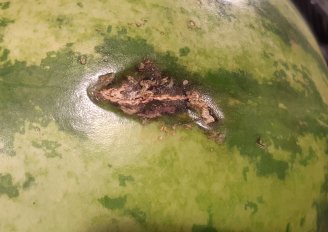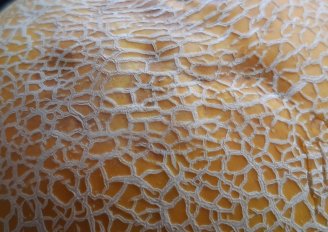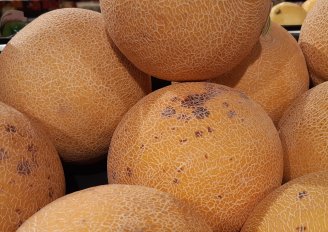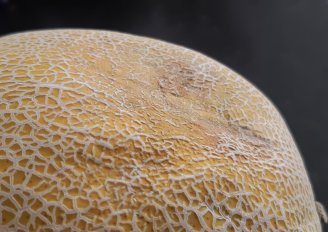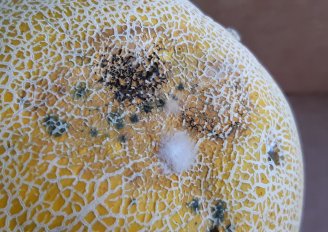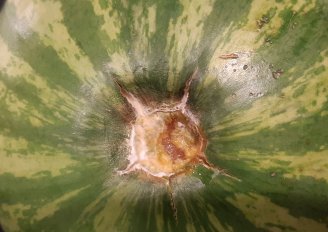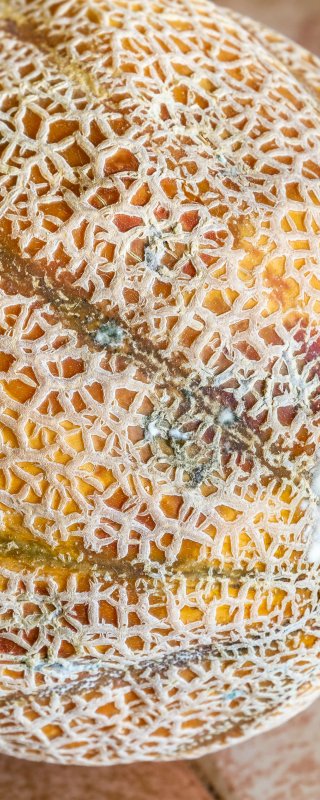
Melon disorders and diseases
Good quality melons are free from diseases and disorders. Customers are not willing to purchase fruit presenting rots or damaged skin. Furthermore fruit that looks good on the outside but presenting brown flesh will not lead to happy customers. There are dozens of different diseases and disorders, which are not always easy to recognize. A good diagnosis of the fruit’s health is important. By recognizing the symptoms of a disease or disorder, it can be linked to the cause. If you know the cause, you know what measures can be taken to prevent the disease or disorder in the future.
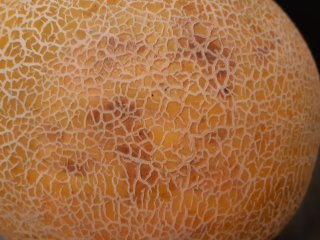
Disease management
Identification of melon disorders and diseases usually takes place by carefully looking at the symptoms. Some symptoms are visible from the outside, while others can only be found internally after cutting. It is important to detect the quality issues as early as possible in the supply chain to reduce further incidence. Retailers can also benefit from knowledge about disorders they may encounter. For them, it is important to know whether the cause lies in a previous stage in the supply chain or is due to their own operations. Common causes of deterioration of melons are bruises, moulds and rots.
